Advanced
Threat Detection & Response

Overview
From network to endpoint, managed to bespoke, there’s now a threat detection and response (D&R) solution tailored to every stage of your security journey. However, in today’s evolving threat landscape, having a modernized approach to cyber threat detection and response is crucial. Enterprises must prioritize comprehensive observability, centralized control, and end-to-end automation to ensure robust security across the organization. These elements not only provide the visibility needed to detect threats across all environments, but also streamline the response, reducing risk and enhancing resilience. Each solution may vary depending on the organization’s unique needs, but the principles of modernized, automated security remain fundamental.
Did you you?
100% of large enterprises face an average breach cost of $4.45 million.
212 days is the average time to detect a breach, with 90 days to contain it.
92.7% increase in ransomware attacks year-over-year.
74 days faster response with AI-driven detection.
60% of enterprises will adopt XDR by 2026. (Gartner)
68% of security teams experience alert fatigue.
$3.05 million saved with integrated D&R systems.
57% of large enterprises face a cybersecurity skills gap.
79% of organizations are adopting Zero Trust architecture.
Challenges
Scalability: Managing detection across large, complex, and distributed environments.
Integration: Ensuring seamless integration with existing systems, tools, and workflows.
Data Overload: Handling massive volumes of data without overwhelming security teams.
Alert Fatigue: Sifting through excessive alerts to prioritize real threats.
Automation Complexity: Balancing automation with human oversight to avoid errors.
Skill Gaps: Addressing the shortage of cybersecurity talent for advanced threat response.
Evolving Threat Landscape: Keeping pace with constantly changing and sophisticated threats.
Cost: Justifying the high investment in modern solutions and infrastructure.
Regulatory Compliance: Meeting diverse and ever-changing global cybersecurity regulations.
Zero Trust Implementation: Aligning detection with Zero Trust principles across the entire network.
Solutions & Technologies
Proven Methodologies to Address Challenges and Futureproof Enterprise Security:
Zero Trust Architecture: Implementing a "never trust, always verify" approach to secure all endpoints, users, and data across the enterprise.
Extended Detection and Response (XDR): Integrating data from across the entire infrastructure for more comprehensive visibility and faster threat response.
Risk-Based Prioritization: Using risk scoring and behavioral analytics to prioritize real threats and reduce alert fatigue.
Automation & Orchestration: Deploying Security Orchestration, Automation, and Response (SOAR) tools to automate repetitive tasks and accelerate response times.
Continuous Threat Hunting: Proactively searching for hidden threats in the environment before they escalate.
Unified Security Operations: Centralizing security tools, processes, and personnel in a Security Operations Center (SOC) for more cohesive management.
Threat Intelligence Integration: Leveraging real-time threat intelligence feeds to stay ahead of emerging threats and adapt defenses accordingly.
Incident Response Playbooks: Predefining response workflows for various attack scenarios to ensure fast, consistent reactions.
Red and Blue Team Exercises: Regularly testing defenses and detection capabilities through simulated attacks to identify gaps.
Cloud-Native Security Practices: Adopting security methodologies that align with cloud architecture, such as micro-segmentation and cloud access security brokers (CASB).
Important Technologies to Deploy for Futureproof Security:
AI and Machine Learning
Endpoint Detection and Response (EDR)
Extended Detection and Response (XDR)
Next-Gen SIEM: Modern Security Information and Event Management (SIEM)
Security Orchestration, Automation, and Response (SOAR)
Benefits
Faster Threat Detection: AI-driven analytics quickly identify and respond to anomalies, reducing detection and response times.
Enhanced Risk Mitigation: Automation streamlines threat responses, minimizing human error and mitigating risks more effectively.
Reduced Alert Fatigue: AI helps prioritize real threats, improving security team efficiency and focusing resources on critical issues.
Scalable Protection: Automated systems can scale across complex, distributed environments, ensuring comprehensive security coverage.
Proactive Threat Hunting: AI continuously monitors and detects emerging threats, allowing the organization to stay ahead of sophisticated attacks.
Cost Efficiency: Automated processes reduce the need for manual intervention, lowering operational costs and increasing ROI on security investments.
Regulatory Compliance: Centralized, automated detection and response help ensure adherence to evolving cybersecurity regulations.
Futureproof Security: AI adapts to new threat vectors, enabling organizations to maintain resilience against increasingly sophisticated cyber attacks.
QuCypher Approach
Discovery and Strategic Alignment: Assess current security posture, align Zero Trust goals with business objectives, and secure stakeholder buy-in.
Design and Architecture: Develop a scalable, quantum-safe Zero Trust architecture tailored to organizational and industry needs.
Deployment and Integration: Implement prioritized solutions, integrate with existing systems, and automate key security operations.
Optimization and Maturity: Refine policies, expand automation, and scale the program to ensure long-term efficiency and resilience.
Continuous Risk Assessment and Management: Monitor emerging threats, update cryptographic defenses, and conduct regular audits to maintain resiliency.
Relevant Insights

